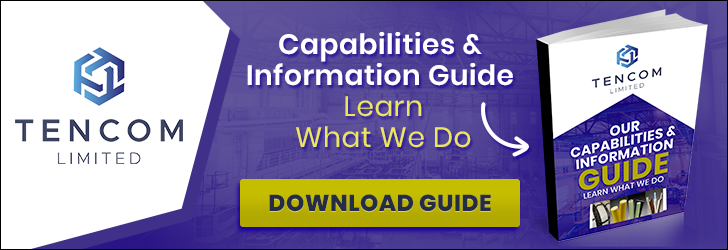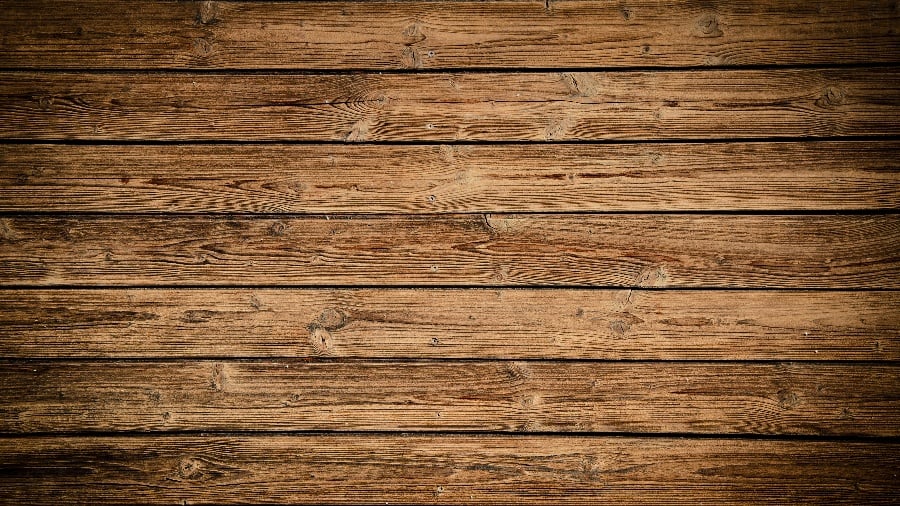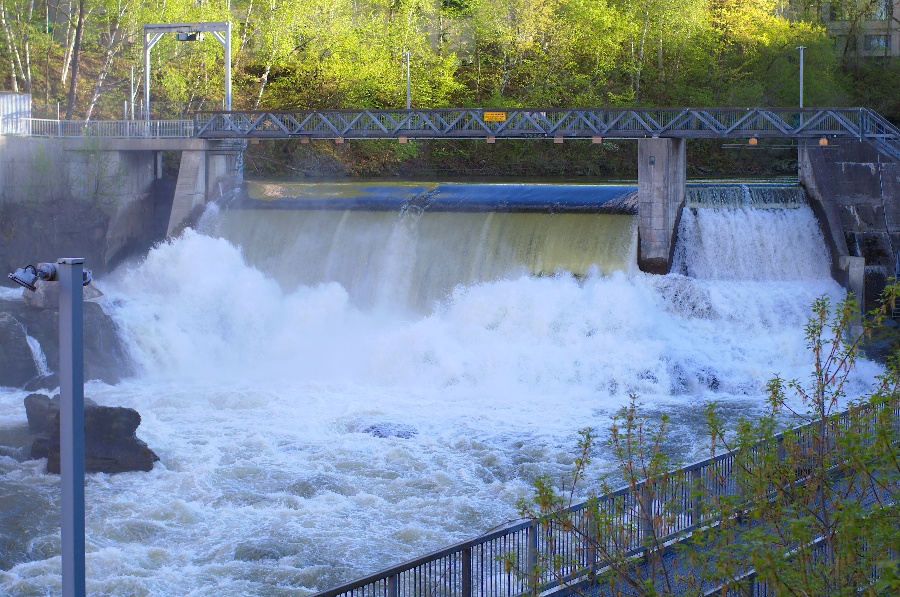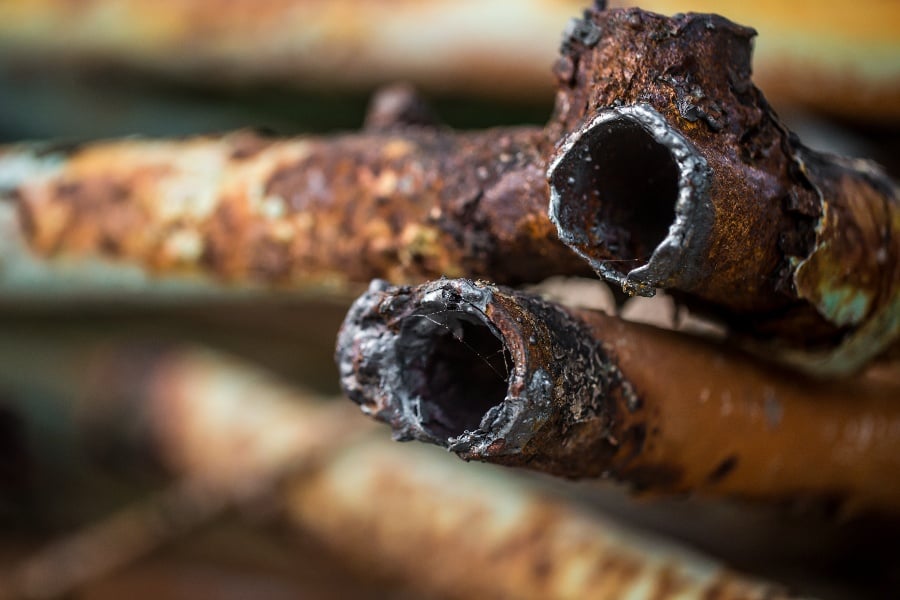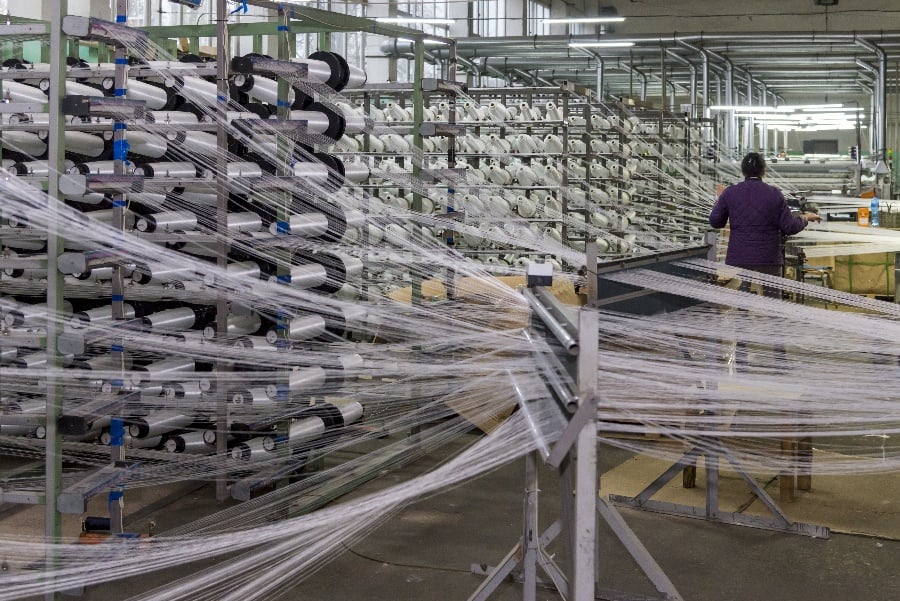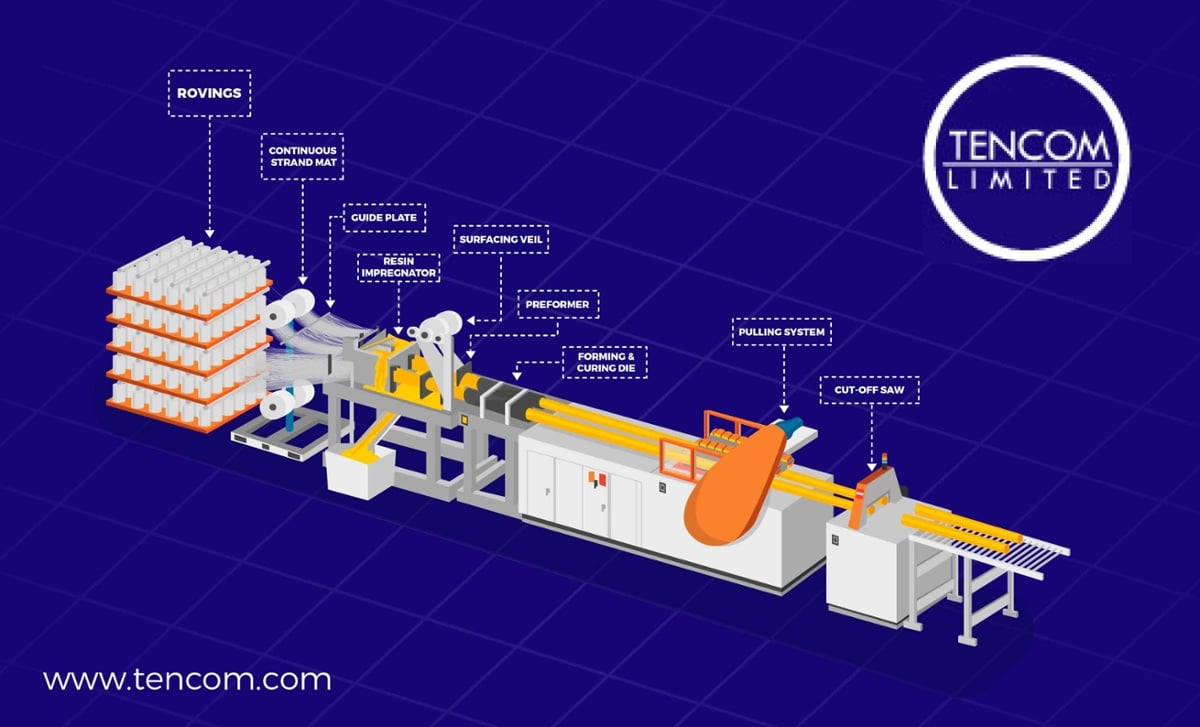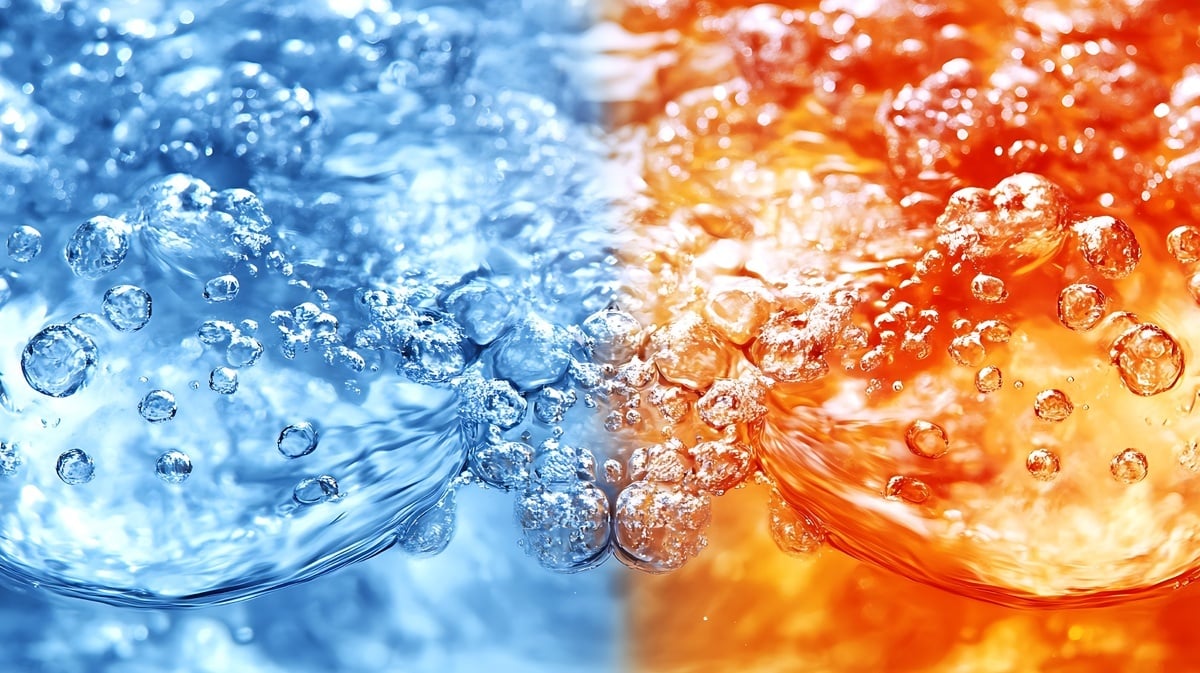
In industries like construction, marine, infrastructure, and manufacturing, worker productivity is a critical factor in meeting project deadlines and controlling costs. The choice of materials can significantly impact how efficiently teams operate on job sites. Pultruded fiberglass, a composite material produced through a continuous process of pulling fiberglass reinforcements through a resin bath and heated die, offers unique properties that streamline operations and boost productivity.
Its lightweight nature, ease of installation, and durability make it a game-changer for enhancing worker efficiency. Below, we explore how pultruded fiberglass improves productivity and why it’s a smart choice for labor-intensive projects.
Why Worker Productivity Matters
High productivity on job sites translates to faster project completion, reduced labor costs, and improved safety. Materials that are heavy, difficult to install, or prone to frequent maintenance can slow down workflows, increase worker fatigue, and lead to costly delays. Pultruded fiberglass addresses these challenges by offering practical advantages that empower workers to perform tasks more efficiently and safely.
How Pultruded Fiberglass Boosts Productivity
1. Lightweight Design for Easy Handling
Pultruded fiberglass is 50-75% lighter than steel and significantly lighter than concrete, making it easier for workers to transport, lift, and maneuver components. This lightweight nature:
-
Reduces Physical Strain: Workers expend less energy handling fiberglass profiles, such as beams, grating, or railings, minimizing fatigue and boosting stamina for longer shifts.
-
Simplifies Logistics: Lightweight components require less heavy machinery or specialized equipment for transport and installation, speeding up job site operations.
-
Example: On a construction site for a pedestrian bridge, workers can quickly move and position fiberglass decking panels without cranes, completing tasks faster than with steel alternatives.
This ease of handling allows crews to work more efficiently, reducing labor hours and accelerating project timelines.
2. Fast and Simple Installation
The uniformity and precision of pultruded fiberglass profiles enable quick and straightforward installation, enhancing productivity. Key benefits include:
-
Pre-Fabricated Components: Fiberglass profiles, such as channels, I-beams, or grating, are manufactured to exact specifications, ensuring a precise fit and reducing on-site adjustments.
-
Ease of Cutting and Assembly: Fiberglass can be cut, drilled, or fastened using standard tools, allowing workers to assemble components quickly without specialized skills.
-
Modular Design: Many fiberglass systems, like grating or railing assemblies, are designed for modular installation, enabling rapid setup with minimal labor.
For example, installing pultruded fiberglass grating on an offshore platform takes less time than welding steel grating, allowing workers to complete tasks ahead of schedule.
3. Reduced Maintenance Downtime
Unlike steel, which corrodes, or wood, which rots, pultruded fiberglass is highly resistant to environmental degradation, requiring minimal maintenance. This durability:
-
Minimizes Interruptions: Workers spend less time on repairs or replacements, keeping projects on track.
-
Lowers Maintenance Labor: Routine cleaning with mild soap and water is often sufficient, freeing up crews for primary construction tasks rather than maintenance.
In industrial settings, such as chemical plants, fiberglass platforms remain functional for decades without the frequent maintenance required by metal, allowing workers to focus on productive activities.
4. Enhanced Safety for Consistent Workflows
Safety incidents, such as injuries or equipment failures, can halt work and reduce productivity. Pultruded fiberglass enhances safety, keeping workers on task:
-
Non-Conductive Properties: Fiberglass’s non-conductive nature eliminates electrical hazards in applications like utility poles or rail systems, reducing downtime from safety incidents.
-
Slip-Resistant Surfaces: Fiberglass grating and walkways can be engineered with anti-slip textures, preventing falls in wet or oily conditions and maintaining workflow continuity.
-
Lightweight Handling: Reduced weight lowers the risk of lifting injuries, keeping workers healthy and productive.
For instance, a marine dock made with fiberglass railings and decking ensures safe footing and non-conductive surfaces, allowing workers to operate confidently without interruptions.
5. Versatility for Diverse Applications
Pultruded fiberglass’s ability to be customized into various profiles and properties supports a wide range of tasks, enabling workers to tackle diverse projects efficiently:
-
Custom Profiles: Tailored shapes like tubes, angles, or complex geometries fit specific project needs, reducing on-site modifications.
-
Environmental Resistance: Fiberglass performs in harsh conditions (e.g., saltwater, chemicals, or UV exposure), allowing workers to use the same material across multiple environments without delays for material swaps.
This versatility streamlines workflows by providing a single, reliable material solution for projects like coastal boardwalks or industrial platforms.
Real-World Productivity Gains
Consider a wastewater treatment facility upgrading its walkways and platforms. Using pultruded fiberglass grating instead of steel:
-
Installation: Workers install lightweight fiberglass panels in half the time required for steel, completing the project faster.
-
Maintenance: The corrosion-resistant fiberglass requires no painting or rust treatment, freeing maintenance crews for other tasks.
-
Safety: Slip-resistant surfaces reduce fall risks, ensuring continuous operation without safety-related stoppages.
These gains translate to faster project completion, lower labor costs, and improved worker morale due to safer, easier working conditions.
Tips for Maximizing Productivity with Pultruded Fiberglass
To fully leverage the productivity benefits of pultruded fiberglass, consider these strategies:
-
Specify Pre-Cut Components: Order profiles cut to exact dimensions to minimize on-site cutting and speed up installation.
-
Choose Modular Systems: Opt for pre-designed systems, like snap-together grating, to reduce assembly time.
-
Collaborate with Manufacturers: Work with your pultrusion partner to optimize designs for weight, strength, and ease of installation.
-
Train Workers: Provide brief training on handling and installing fiberglass to ensure efficient and safe use.
These steps ensure your team maximizes the efficiency gains offered by pultruded fiberglass.
Why Pultruded Fiberglass Drives Productivity
Pultruded fiberglass enhances worker productivity by:
-
Speeding Up Installation: Lightweight and modular designs reduce labor time and equipment needs.
-
Reducing Downtime: Durable, low-maintenance materials keep projects on schedule.
-
Improving Safety: Non-conductive and slip-resistant properties minimize accidents, ensuring consistent workflows.
-
Supporting Versatility: Customizable profiles streamline diverse applications, reducing material-related delays.
By choosing pultruded fiberglass, you empower your team to work faster, safer, and more efficiently, delivering projects on time and within budget.
Conclusion
Pultruded fiberglass is a powerful ally for boosting worker productivity in labor-intensive industries. Its lightweight design, ease of installation, low maintenance, and safety features enable teams to complete tasks quickly and safely, reducing costs and enhancing project outcomes.
Whether you’re building a marine dock, an industrial platform, or a public walkway, pultruded fiberglass streamlines operations and maximizes efficiency.



